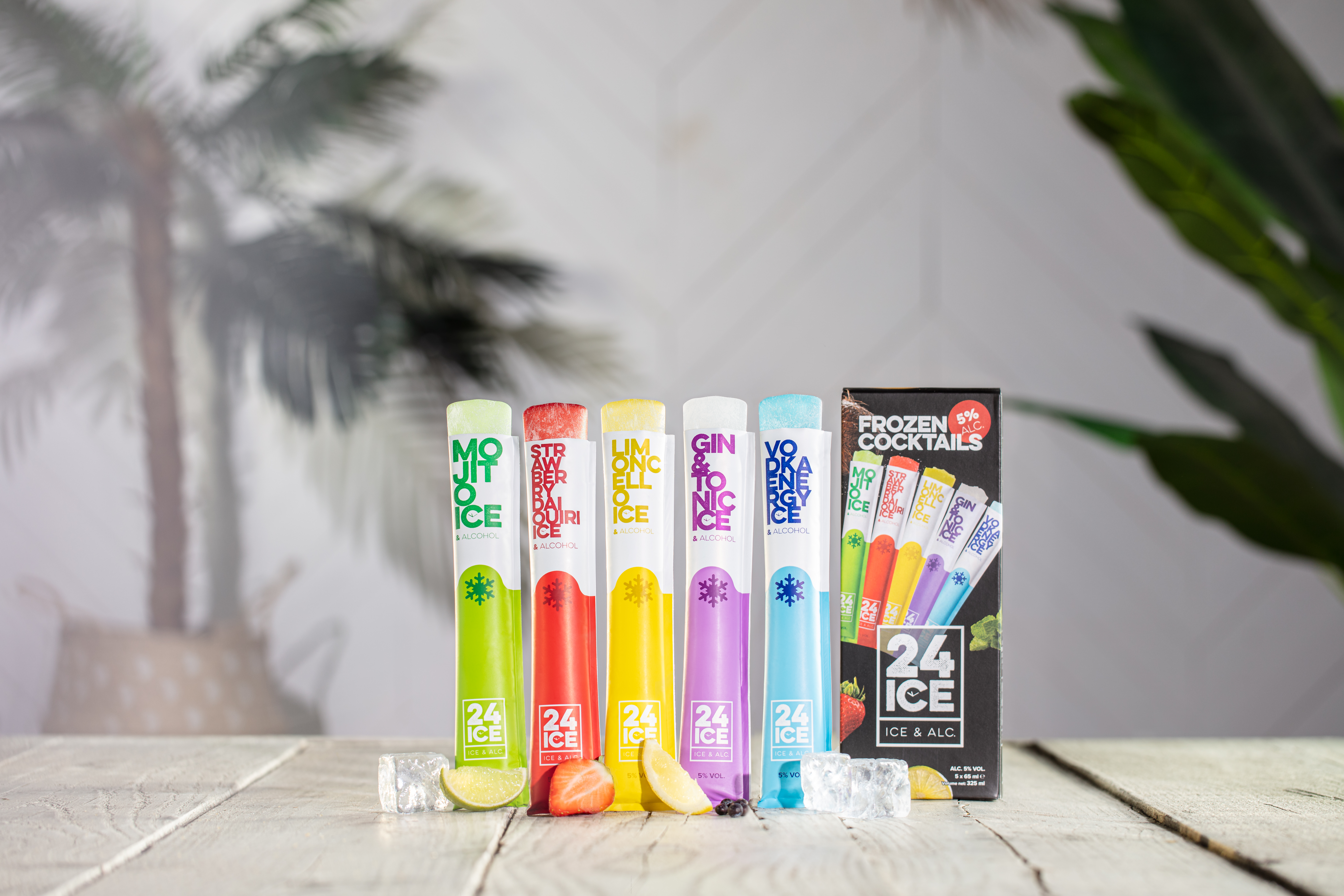


Introduction
In the fast-paced world of healthcare and pharmaceuticals, sustainable packaging suppliers ensuring that products are safely packaged is paramount. The choice of medical packaging materials significantly affects product integrity, safety, and usability. Whether it's liquid packaging for syringes or sustainable packaging solutions for surgical instruments, making informed decisions can enhance product effectiveness and compliance. This article dives deep into various facets of medical packaging materials, offering insights on how to select the right options for your products.
Choosing the Right Medical Packaging Materials for Your Products
When it comes to choosing the right medical packaging materials for your products, several factors come into play. Is it about compliance with regulations? Or perhaps sustainability? Here’s a comprehensive guide to navigate through these essential considerations.
Understanding Medical Packaging Requirements
Every medical product has specific requirements dictated by regulatory standards. The FDA and other governing bodies have strict guidelines regarding materials used in medical packaging. Compliance is not just important for legal reasons; it also ensures patient safety.
Regulatory Compliance
- Always check current regulations from organizations like the FDA or ISO. Ensure that your suppliers are compliant as well.
Material Safety
- Use materials tested for biocompatibility. Verify that no harmful substances leach into the product.
Types of Medical Packaging Materials
The landscape of medical packaging encompasses a variety of materials tailored to different needs. Understanding these types will help you make an informed decision.
Flexible Pouches
Flexible pouches like stand up pouches wholesale are gaining traction due to their versatility. They can be made from multiple layers including polyethylene and aluminum foil, which provide excellent barrier properties against moisture and contamination.
- Ideal for items like bandages or tablets. Often customizable in terms of size and design.
Rigid Containers
These containers offer robustness, ideal for surgical instruments or delicate equipment.
- Made from materials like PVC or polystyrene. Provide superior protection during transit.
Biohazard Specimen Bags
For handling hazardous waste or samples, biohazard specimen bags must meet rigorous safety standards.
- Designed with leak-proof seals. Clearly marked with biohazard symbols to ensure safe handling.
Sustainability in Medical Packaging
With increasing awareness about environmental issues, many companies are turning towards eco-friendly options. This includes using recyclable and compostable materials.
Recycled Packaging Options
Utilizing recycled materials can reduce waste significantly while maintaining quality standards.
- Look for certifications that validate recycled content.
Compostable Packaging Solutions
These are made from organic materials that decompose naturally, providing an eco-friendly alternative to traditional plastic packing.
- Ensure that they meet ASTM D6400 standards for compostability.
Packaging Methods: Which One’s Right?
Different methods affect how products are presented and protected.
Vacuum Sealing
This method removes air from packages to prolong shelf life—particularly useful in supplement packaging or food products like coffee.
Heat Sealing
Used primarily in flexible packaging, heat sealing provides a tamper-evident closure ideal for syringes or vials containing liquid medications.
Cost Considerations in Choosing Medical Packaging Materials
While it’s crucial to invest in high-quality packaging, cost shouldn't be ignored either.
Balancing Quality and Cost
Evaluate whether investing in more expensive but durable materials could save costs in the long run by reducing waste and returns due to damage.
| Material Type | Cost per Unit | Durability Rating | |---------------------|---------------|------------------| | Flexible Pouch | $$ | High | | Rigid Container | $$$ | Very High | | Biohazard Bag | $ | Medium |
Innovative Trends in Medical Packaging
The field of medical packaging is constantly evolving with technology playing a significant role in innovations. Here’s a look at some current trends shaping the industry:
1. Smart Packaging Technologies
Smart labels incorporating QR codes allow healthcare providers easy access to product information and compliance documentation by simply scanning them with a smartphone. This enhances traceability while also improving user experience.
2. Tamper-Evident Features
The demand for security features has led manufacturers to incorporate tamper-evident seals into their designs, ensuring patient safety remains a priority throughout the supply chain.
3. Customization Options
Personalized design elements such as branding colors or logos can create brand loyalty among consumers while also aiding identification during emergencies—a must-have feature in retail packaging solutions aimed at healthcare providers.
Frequently Asked Questions (FAQs)
1. What is the most common material used in medical packaging?
The most common material used includes polyethylene (PE) due to its flexibility and barrier properties; however, options vary based on product type and requirements.
2. Are there any eco-friendly options available?
Yes! Many companies now offer sustainable packaging solutions such as compostable stand-up pouches made from plant-based materials that break down without harming the environment.
3. How do I determine which type of package is best suited for my product?
Consider factors like regulatory requirements, shelf life expectations, sensitivity to temperature changes, and potential contaminants when selecting your package type.
4. Can I use standard food-grade packaging for medical supplies?
No! Medical supplies require specialized packages designed specifically to meet health regulations; using food-grade may not ensure compliance or safety standards necessary in healthcare settings!
5. How should I store packaged medical products?
Store all packaged items according to manufacturer instructions regarding temperature control & humidity levels; this helps maintain overall quality until ready-for-use!
6. Is there a trend toward more recyclable options?
Absolutely! As consumer preferences shift towards sustainability practices; many companies focus heavily on creating recyclable & biodegradable alternatives across industries—including medicine!
Conclusion
In conclusion, choosing the right medical packaging materials involves understanding various aspects ranging from regulatory compliance to environmental impact. With numerous options available—from flexible pouches like coffee packaging designs to rigid containers—the key lies in balancing quality against cost while staying abreast of emerging trends within this dynamic industry landscape. By carefully evaluating your needs based on our guidance above—you'll find yourself well-equipped when faced with decisions surrounding Choosing the Right Medical Packaging Materials For Your Products.
Investing time into this process pays dividends not only through improved patient outcomes but also enhanced brand loyalty amongst Custom Packaging consumers who appreciate transparency & sustainability efforts within modern healthcare practices!